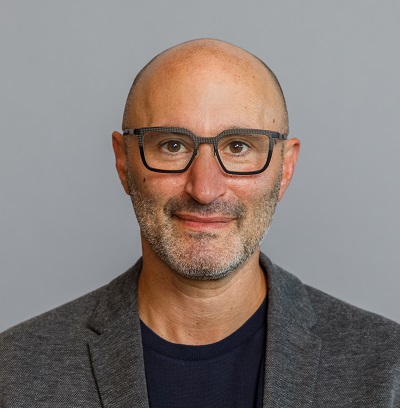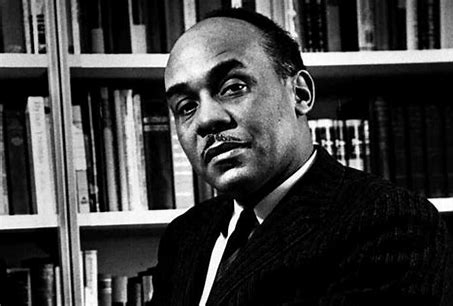
The Invisible Student
By Sasha Rabkin, President

We recently celebrated the 110th birthday of Ralph Ellison. While I make no claims to literary scholarship or review, I have found his writing to be transformative to how I understand and make sense of the world.
For years now, I have opened my presentations on EOS’ work with a quote from Ellison’s 1952 novel, The Invisible Man. In this groundbreaking book, the protagonist, an unnamed Black man, remarks:
“I am invisible, understand, simply because people REFUSE TO SEE ME…they see only my surroundings, themselves or figments of their imagination…EVERYTHING AND ANYTHING EXCEPT ME.”
In my presentation, I note how astutely this seems to capture the experiences of so many underrepresented and underserved students in education.
The “refusal to see” is the root cause of this problem. The invisible man existed in a society that viewed him, as he put it, as “everything and anything” other than who he truly was, including as a “figment of their imagination.”
This is the experience of a large percentage of underserved and underrepresented students. They are often not seen by teachers and school leaders, and if they are seen, it’s as projections of what these adults expect from them or want for them. Much of the time, they are seen only as a fixture of their surroundings.
When we don’t see students, we can’t engage them and if we don’t engage them, we can’t resource them.

Invisibility, as described by Ellison, manifests itself acutely in education through what I often call the ‘aspiration gap’. Millions of students attend public schools each day harboring aspirations of college (we’ve surveyed over 2.5 million and over 85% report wanting a college degree) or other dreams, who, by the numbers, have a fractional chance of being adequately prepared to achieve these aspirations.
Debates and conversations on education often focus on outputs – grades, test scores, belonging, etc.. But we can’t change outputs without rethinking inputs. Until we see students differently and muster the courage, tools, measures and behaviors required to do so, we will continue to see them as only part of their surroundings or as figments of our imaginations.
To make students visible, EOS shifts the inputs schools use to make decisions. These include student-identified trusted adults (40% of the trusted adults selected by underrepresented students are non-instructional staff), student aspirations and learning mindsets, and other inputs necessary to facilitate making students visible.
With these new inputs, schools are able to see, engage and resource students in new ways. In fact, 54% of the students EOS identifies who then go on to enroll and pass an advanced academic course, would not have been SEEN as ready had test scores been the sole measure used.
Data isn’t the sole answer to the challenges facing education, but it is certainly part of the solution. For us to change the way we see students, we need to turn the breadth of educational data into measures and tools that matter. At EOS, we make what we measure matter more by ensuring it is usable by educators to shift outcomes on the ground for students.
We can close the aspiration gap in our schools, but only if we commit to seeing, resourcing, and engaging all students. The improved education system that we are working towards must be one in which there are no longer any “invisible students.”
Dr. Sasha Rabkin had been a racial equity leader for over 20 years. He brings a strong background in diverse education settings including program management in a cross section of schools and districts. He has helped guide the work of Equal Opportunity Schools in various capacities for over a decade, including six years as Chief Program Officer, where he led the development, incubation and scale from 35 schools to 350 schools. He has served as President of EOS since 2021.